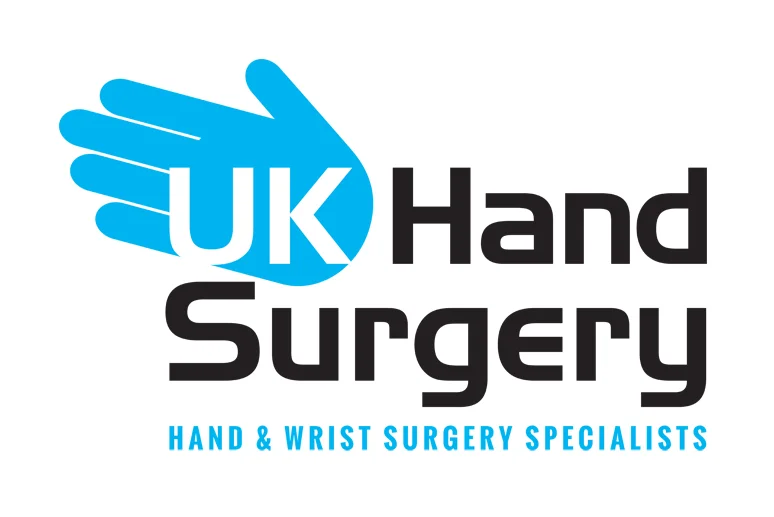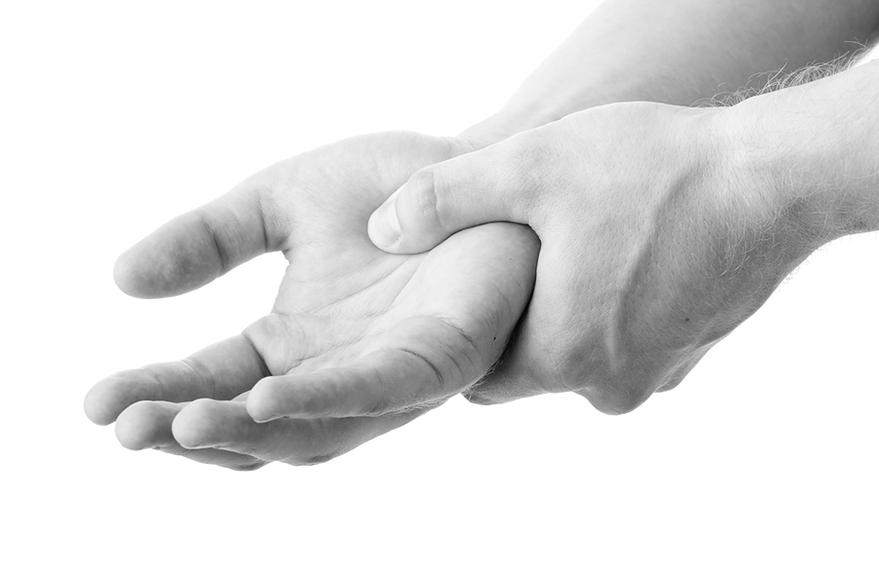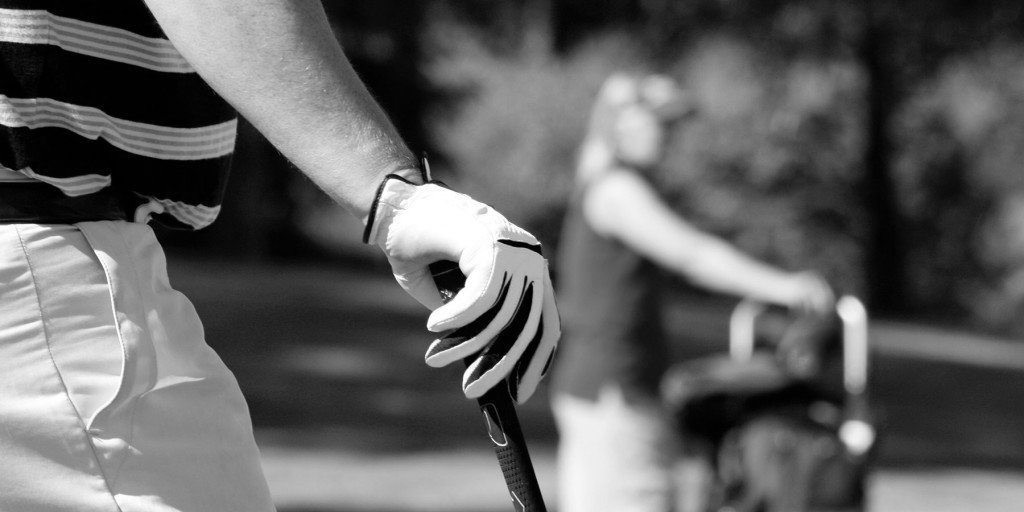Dupuytren's Diesease / Contracture
Dupuytren’s contracture is a condition that causes one or more fingers to bend towards the palm of the hand. The little and ring fingers are most commonly affected, it can sometimes affect the middle and index fingers and occasionally the thumb. Dupuytren’s contractures usually begin with a mild flexion, at the knuckle at the base of the finger, but can progress to involve all the joints of the fingers. When the contractures reach a certain level, patients find the condition can affect a variety of daily activities. Patients often complain of “catching” the affected fingers in their pockets or when performing personal hygiene tasks, such as washing the face.
Dupuytren's contracture occurs when the connective tissue (fascia – sub layer of tissue under the skin) in the palm thickens. Initially the tissue thickens and causes a “nodule” under the skin of the palm. The nodule can sometimes feel tender to begin with, this sensation usually subsides. The nodules can be a cause of concern for patients, but they are completely benign (non-cancerous), although they can be a nuisance to live with. Over time, the nodules may extend and form cords of tissue. These cords can contract the fingers or thumb, and pull it, so it becomes bent towards the palm.
Treating Dupuytren’s Disease / Contracture
Many cases of Dupuytren's contracture are mild and don't need treatment, but if the condition is interfering with your normal everyday activities or work then different treatments are available. Mild contractures can be treated by simply cutting the Dupuytren’s cord under local anaesthetic. More severe contractures may need more extensive surgery to allow the fingers to straighten fully, which is usually performed under a general anaesthetic or a regional block. Following surgery Mr Murray will refer you to his hand therapy colleagues who will provide night-time splints and exercises to ensure optimum outcomes.
A recent advance in the treatment of Dupuytren’s contracture is injection therapy with a substance called collagenase. Collagenase is an enzyme that breaks down the Dupuytren’s tissue and is injected in the clinic setting. Mr Murray is trained in using this technique and regularly uses this to treat patients. The day following injection the finger is manipulated by Mr Murray and the cord breaks, allowing the finger to return to a normal position in most cases. There are certain indications for this form of treatment, which Mr Murray will discuss with you.







